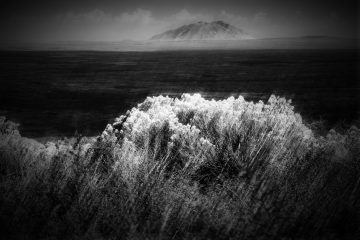by Leanne Ogasawara

Imagine finding out that intelligent life had been discovered in our galaxy. To learn that across the endless ocean of intergalactic space there exists a planet filled with new forms of life –and riches unimagined: this was how it must have felt for the people of the Renaissance, when Christopher Columbus discovered the New World. After all, there was a reason why the people of the time called it the New World, instead of just the new continent. For this was a revelation; not just of new land, but of sought-after minerals, like gold and silver. It was a new world of tastes. From potatoes to tomatoes and chocolate to corn, the dinner tables of Europe would be transformed in the wake of Columbus’ trip. There were animals never seen in Europe, like the turkey and bison. And there were wondrous new plants and flowers. There was even a new shade of red. Made from the female cochineal insect, this new dye became– after gold– the second largest import from the New World.
Perhaps most astonishing were the people. At a time when Europe was itself organizing into nation-states, often under all-powerful monarchs, Columbus found in the Americas, what seemed to his eyes, to be free and egalitarian societies. Not only did the people not use money, but even more remarkable was their lack of private property. Private property was, after all, the bedrock of the new banking system back home.
And theologically, how were the Europeans to explain a population of people who could not be descended from Noah’s three sons; of human beings ignorant of the New Testament for over a thousand years? Read more »
